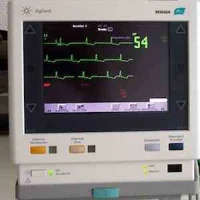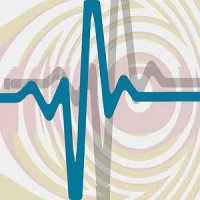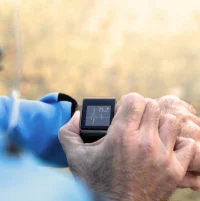A team of researchers from Stony Brook University and Oxford University have found a way to control the electrical waves of the heart - using light. The findings are published in Nature Photonics.
The rhythm of the heart is regulated by electrical waves. If this rhythm goes awry, it may result in potentially fatal arrhythmia. Currently, there are two treatment options available to ensure electrical waves remain in check. These include electrical devices such as pacemakers or defibrillators or drugs such as beta blockers. However, both these options are effective in stopping or starting the waves but are unable to provide control over the speed and direction of these waves.
See also: Predicting Arrhythmias Could Help Prevent Them
The researchers used optogenetics (genetic modification of cells so that they can be activated by light) to control the activity of millions of cardiac cells. By using a protein called channelrhodospin and gene therapy techniques, they made the heart cells light-responsive. Then they used a computer-controlled light projector to control the speed of the cardiac waves as well as their direction and the orientation of spirals.
“When there is scar tissue in the heart or fibrosis, this can cause part of the wave to slow down. This can cause re-entrant waves that spiral back around the tissue, causing the heart to beat much too quickly, which can be fatal,” said Dr. Gil Bub, lead author from Oxford University. “If we can control these spirals, we could prevent that,” he explained, noting the potential of optogenetics for controlling these abnormal waves.
The long-term goal of this research is to use optogenetics for the development of precise treatments for heart conditions. By controlling the direction, speed and shape of these waves, clinicians could have direct control of organ-level function and will no longer have to manipulate each cell individually.
See also: New Target to Treat Arrhythmia
While this research holds great promises, there are still certain hurdles before optogenetics can be used to develop new treatments. One such hurdle is the ability to alter the heart to be light-sensitised and to be able to get the light to the desired locations. Nevertheless, the effort paves the way for scientists to look beyond physics into the biological processes of the brain and the heart.
Source: Nature Photonics
Image Credit: Eana Park










